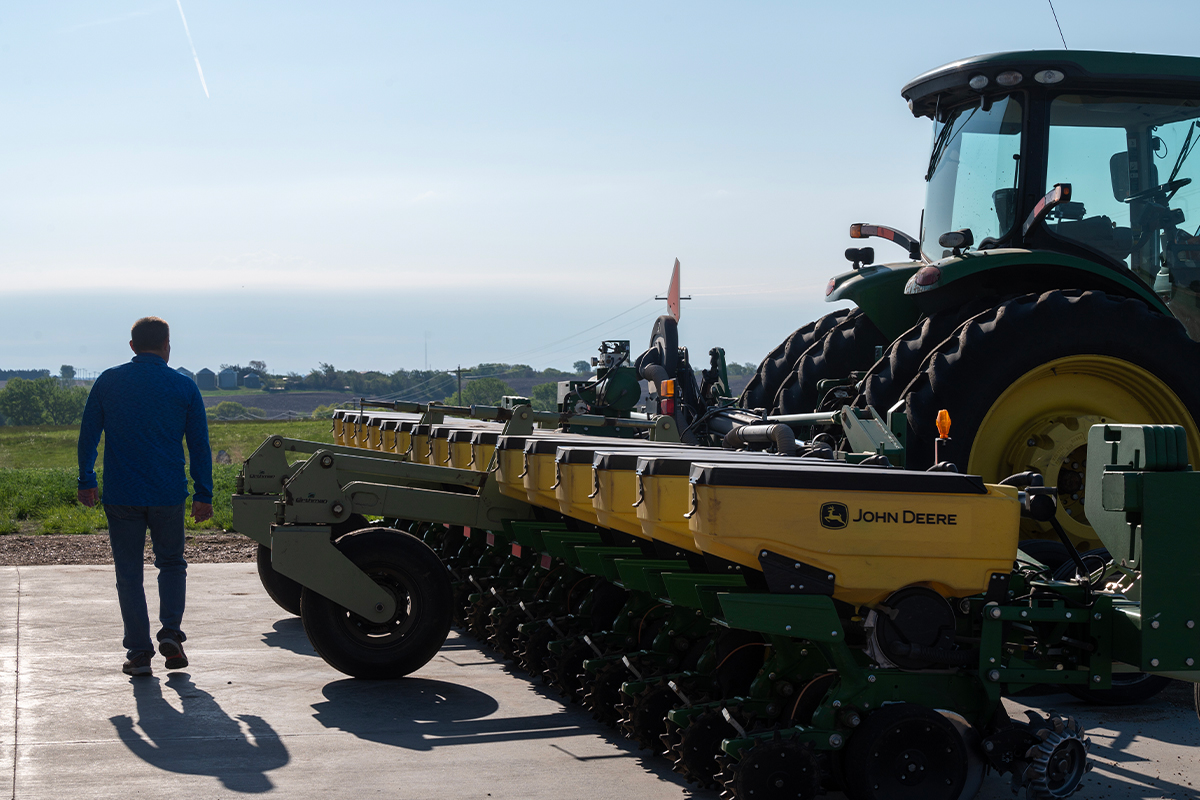Managing Glyphosate-Resistant Marestail

On the growing list of glyphosate-resistant weeds, marestail (horseweed) lives near the top. With the ability to produce up to 200,000 seeds per plant, which can travel long distances, this weed has concerned soybean farmers for many years. To add to the problem, this weed has developed resistance to not only glyphosate, but other herbicides as well.
According to Purdue weed science professor Bill Johnson, Ph.D., no silver bullet exists for managing marestail. In a recent “Focus on Soybean” webcast, which you can view for free, Johnson instead offered these five tips to gain ground on this persistent weed:
- Rotate crops.
- Use spring, pre-plant tillage since marestail does not easily survive tillage.
- Use multiple burn-down applications – both fall and spring treatments.
- Use full rates of residual herbicides in the spring.
- Do not rely on glyphosate or 2, 4-D alone.
“Farmers need to do as much damage to marestail before soybeans come out of the ground as possible. Once they come out of the ground, there are very few tools to use,” Johnson says.
Marestail is present in almost every state that grows soybeans and its resistance to glyphosate has occurred for several reasons, including over-use of glyphosate, failure to tank-mix with other herbicides and lack of residual herbicide use. As resistance spreads over a large geographic region, what once was controlled by glyphosate must be dealt with by different means. He encourages aggressive management for several years to maintain control. “The one good thing about it is that it is not very persistent in the soil,” Johnson adds. “The soil seed life is only two to four years.”



